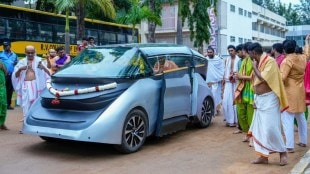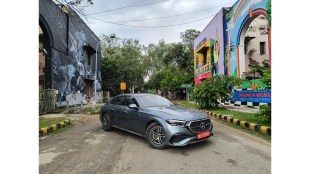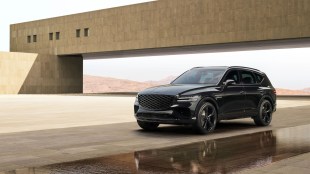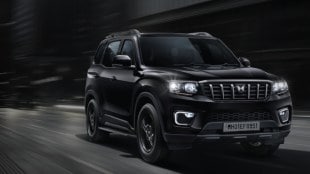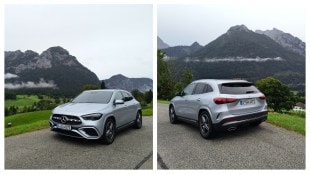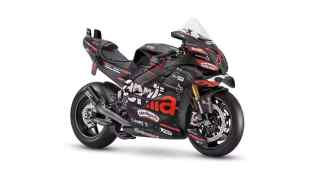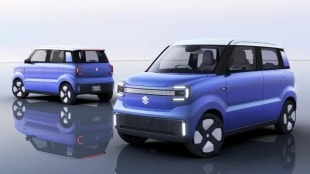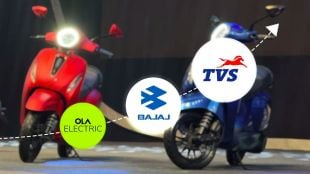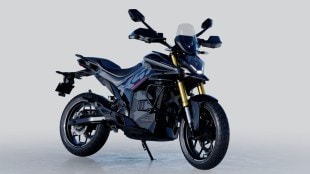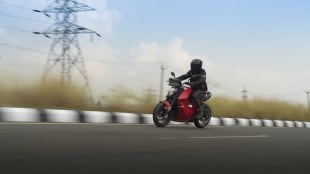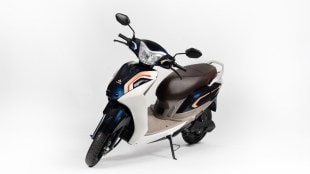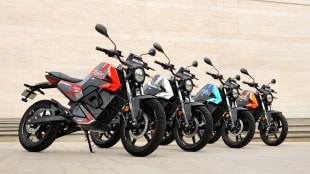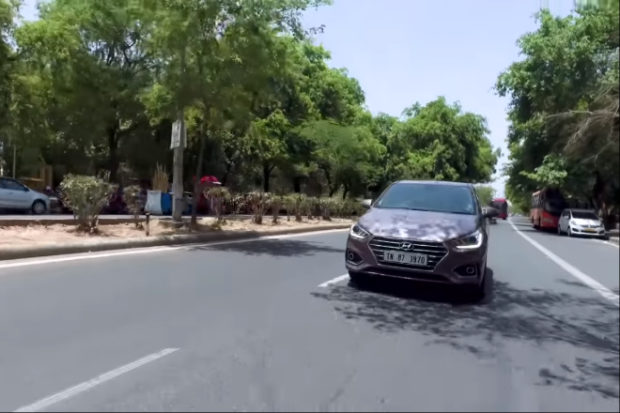
The new-Hyundai Verna has been a part of the Express Drives Long-term fleet for a couple of months now, and we were lucky to get a mid-term switch between the petrol automatic and the diesel version of the car. This meant that through this terms we could actually fully test the new sedan on various parameters. Now, if you have been following our videos on the Express Drives you’ve probably seen that the Verna has no problems dealing with the present competition. We’ve put the new Verna through the ringer twice, once against the Ciaz, City and Rapid, and then against the Yaris. The Verna came out on top, both times. The truth is, the Verna does have its fair share of drawbacks, but Hyundai has packaged it all together so well that they almost always amount to a win. Hence, we try and explain in our long-term review why the Hyundai Verna is presently the best car in its segment and that too by a fair margin.
2017 Hyundai Verna Diesel Review: Design
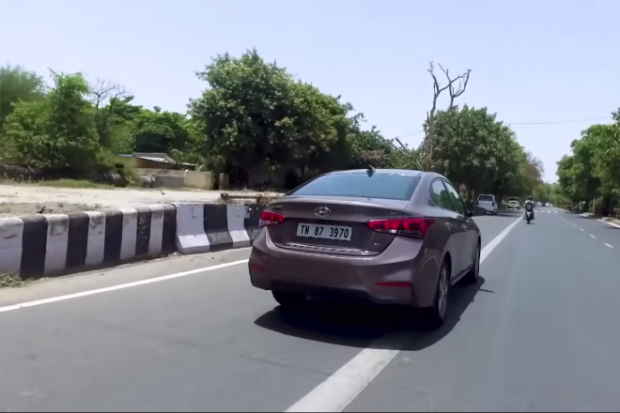
The Verna’s design is based around Hyundai’s Fluidic Sculpture 2.0, the newest rendition of the design language. Concurrently, the Hyundai Verna 2017 gets a sharper design than the outgoing car, interjected by an array of creases and sinews to emphasize on its aerodynamics and its efficiency in terms of low coefficient of drag (Cd). From the front, it would seem that Verna’s entire design is centred around the new cascading grille, flanked by LED DRLs and projector lights that begin the sporty theme on the Verna. Even the front bumper with sharp creases in the lower recesses accented by chrome strips go a long way in making the Verna look up-market and premium without looking gaudy.
The icing on the cake in terms of design in the new Hyundai Verna is the roof line. The coupe-inspired roof-line is easily one of our favourite features on the Verna. We like it so much, that it doesn’t bother us too much that, as result, the head-room on the back seat of the Verna is slightly compromised. Our Editor, Arpit Mahendra is 5 feet 8 inches tall and has no issues with the headroom at the rear but I being 6 feet tall end up with my head brushing against the roof. From the rear three quarters, Verna’s angular LED tail-lamps look good in daylight but steal the show once they’re on in the dark. Overall, there’s no denying that based only on looks the Verna is easily the most desirable car in the segment. Despite our long-term car wearing a less lively grey shade, the car with its sharp design and smart LED DRls manages to attract a fair bit of attention on the road.
Interiors & Features

The Verna’s interiors have a lot going for it, although, its Achilles heel also resides inside the cabin. It really depends on what you need from your car, if your sedan is primarily self-driven and you rarely use the back seats, then you’re unlikely to feel the pinch. The front seats on the Verna is a great place to be in because seating ventilation is a boon on warm days. The 7-inch infotainment is great to use and intuitive. Android Auto and Apple Car Play on demand just sweeten the deal. One of the things not a lot of people talk about when it comes to the infotainment system is a question of day-light visibility, one of the areas where Verna’s infotainment system is perhaps one of the best in its segment. The only one drawback we see on the interiors of the Verna is if you have a large family or are chauffeur driven then it’s likely your going to find it tough to find space on the in the back seats which offer less legroom than the competition. However, if legroom isn’t an issue for you then the rear seat is quite comfortable and we’ve had an experience of being in the seat for more than three hours and things were comfortable.
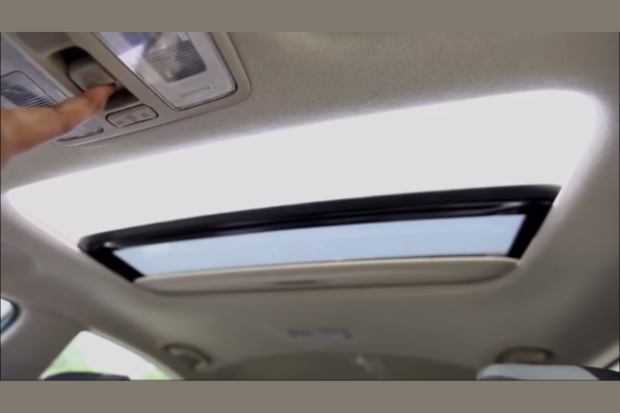
Over the combined 1800 kms that we tested both the Diesel and the petrol Vernas’ what we noticed was that both cars are impressively quiet. Not that NVH levels in the Verna were ever an issue, but it’s safe to say that this new car takes Hyundai’s sound insulation game to new levels. Even the diesel variant is quite silent once the windows are rolled up and it’s only when accelerating that the diesel clatter creeps in. At cruising speeds, both the petrol and diesel Verna are quiet enough for relaxing with a good nap. Add that to the Eco-coating in the air-conditioning system, which allows you to drive past open drains and garbage dumps, without the bad odour permeating into the cabin.
2017 Hyundai Verna Petrol 1.6 VTVT Long Term Review:
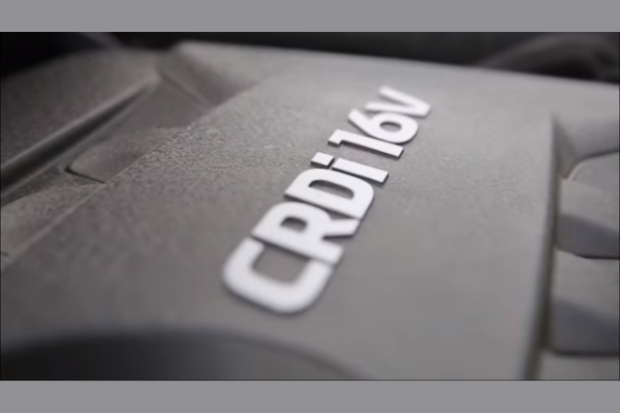
The Hyundai Verna was launched with two engine options, a 1.6-litre petrol motor alongside a 1.6 litre Diesel motor. A third 1.4-litre petrol was launched later. In the course of our long-term test, we had the privilege of testing both the petrol automatic as well as the diesel manual variants of the Hyundai Verna. Although it is noteworthy to know, that Hyundai Verna is one of the few cars in its segment to offer an automatic gearbox with both the petrol and the diesel versions of the car. We’ll start with the petrol automatic that uses a six-ratio torque converter gearbox to get around. The engine makes a respectable 121 hp of power and 151 Nm of torque, while the automatic gearbox does a good job of laying the power down effectively.

Don’t expect to be smoking your wheels off the line, but, it does make a worthwhile trade-off in terms not having to operate a clutch in city traffic. Over the 1000 km that we drove the petrol variant an average fuel economy of about 12.8 kmpl in heavy city traffic with the air conditioning on for the majority of the distance was achieved. These figures are decent and usage in smaller cities or off-peak hours should result in better numbers.
Fuel Economy: 12.8 kmpl
2017 Hyundai Verna Diesel 1.6 CRDI Long Term Review

We have tested the diesel manual for only 800 kms, and to put it mildly, handing the keys to other people in the office was a slightly heart-wrenching circumstance, which was best avoided. The 1.6-litre diesel motor makes about 125 hp and 250 Nm of torque, making it the most powerful car in its segment. The motor itself has been tuned to favour the lower end of the RPM meter a generous serving of torque kicking in low, staying linear through the mid-range of the rev-band. Over the course of our 800 km test, the Verna was quite frugal considering the power on tap, returning almost 18 kmpl in similar conditions as the petrol. The biggest change over the older Verna is that the diesel engine no longer sends in all its power in a rush, making the car much nicer and smoother to drive.
The other good thing about the car is its six-speed manual gearbox, which compliments the engine well. The ratios are stacked close to each other, making it fun to drive the car. Drivability too is nice and one doesn’t need to change gears frequently in traffic. Having driven the car frequently in rush hour traffic, we’re happy to report that the light clutch along with sorted gear ratios makes the diesel manual Verna an easy and convenient car to drive on an everyday basis.
Fuel Economy: 17.8 kmpl
2017 Hyundai Verna Long Term Review: Handling
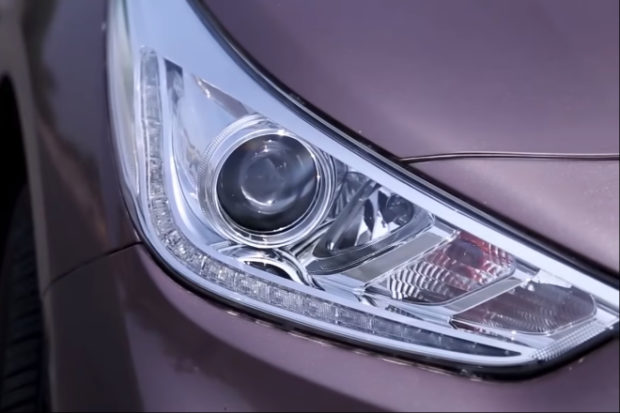
In its past iterations, one of the things that kept the Verna from being the segment leader was the handling and the high-speed stability. Most reviews of past iterations of the Hyundai Verna have had words such as floaty, nervous and vague. Hyundai took this issue seriously and turned it around considerably. The MacPherson strut setup at the front and the torsion beam axle at the rear have been re-tuned and now help the car feel more planted even at high speeds. Spirited ghat driving also reveals that the Verna is now much more agile and willing to change direction and the sense of body roll that was prevalent in previous editions is now almost entirely gone. The steering wheel too has improved considerably and now offers a decent amount of feedback and weighs up nicely too as speed builds up.
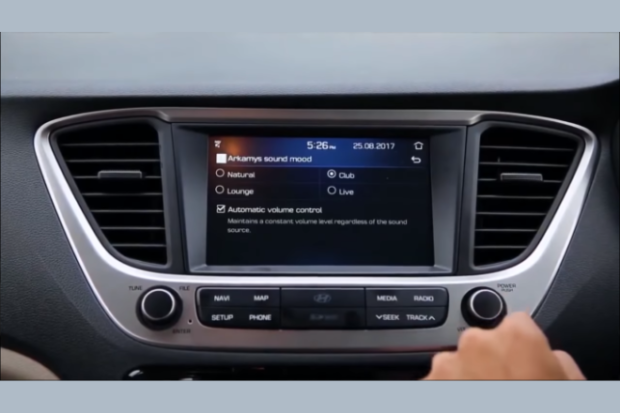
One of the things that we have seen in the past, is cars that struggle to find a balance between ride and handling. The previous Verna was one of them, ‘was’ being the operative word. The new 2017 Hyundai Verna does an amiable job of balancing a plush ride with decent handling. The trick that Hyundai used was to rework the horizontal movement of the suspension with less travel resulting in less transferred into the cabin. The new Hyundai Verna with all these improvements isn’t the best handling car in its segment yet but as an overall package, it’s quite impressive and fun to drive as well.
2017 Hyundai Verna Long Term Verdict
![]()
The 2017 Verna is a prime example of a positive product evolution from a company that has its finger on the pulse of the market. The coupe-like design is fresh although not enough to alienate the identity of the sedan while the new features and design cues do a great job of keeping the Verna competitive. The biggest change, however, is the handling of the Hyundai Verna, which has transformed from a nervous car to a car that is eager and confidence inspiring at high speeds and in corners. The new Hyundai Verna, hence, is a testimony to the fact that listening to customers is always the best way to make a great car and Hyundai India has done that with resounding success this time.
There’s more to the Hyundai Verna that needs to be checked and talked about including boot space, comfort during long drives and cabin storage practicality. These and a lot more including fuel-efficiency in our next long-term update so stay tuned for it.
